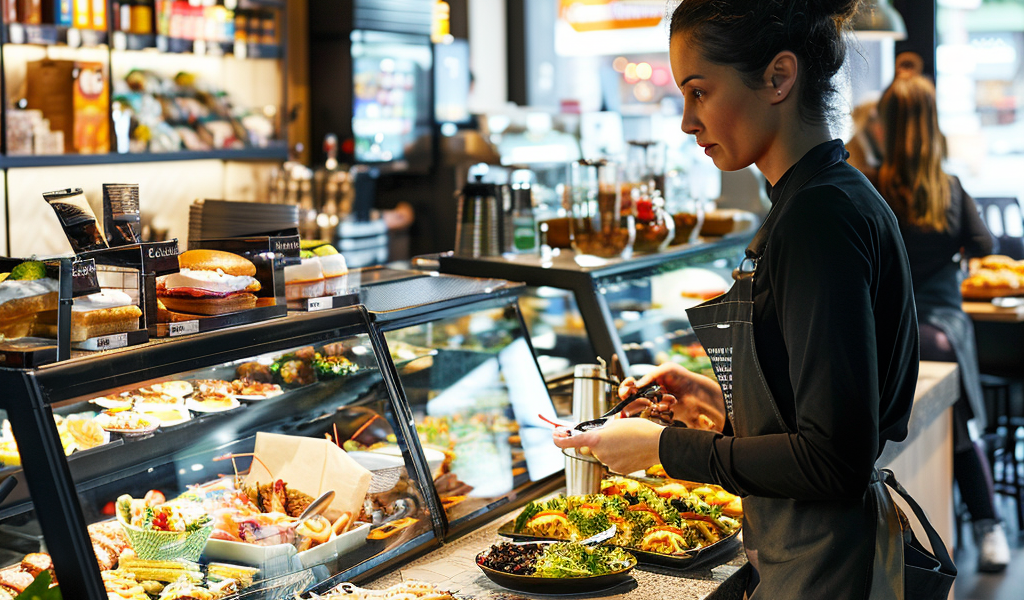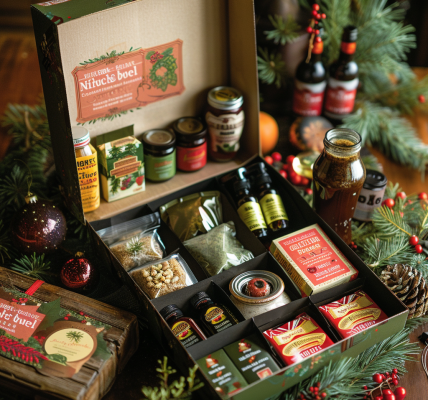As the landscape of the American food market continues to evolve, convenience stores across the nation are stepping up their game to offer consumers a wider range of dining options. From well-known chains like 7-Eleven to regional favorites such as QuikTrip, these establishments are increasingly looking beyond traditional offerings to attract customers seeking quick yet satisfying meals.
In a bid to transform their image from mere stop-and-go shops to viable dining destinations, convenience stores are taking cues from international markets known for their grab-and-go food culture. This includes adding sit-down seating in select locations, expanding coffee menus to compete with popular coffeehouses like Starbucks, and experimenting with made-to-order meals designed to cater to busy families.
The urgency for change comes as these stores face declining sales in traditional items such as cigarettes, maps, and soft drinks. To combat this trend, operators are enticing customers with fresh deli sandwiches, customizable burgers, and other appealing food options that serve as alternatives to fast-food restaurants.
Jeff Lenard, vice president of strategic industry initiatives for the National Association of Convenience Stores, notes, “It has been a decades-long journey to go from food that was perceived as desperation to destination.” This sentiment reflects a broader shift in consumer expectations, as more people seek quality and variety in their quick meal options.
Convenience chains that once focused primarily on breakfast and lunch are now expanding their menus to include dinner offerings as well. For instance, Wawa, which boasts over 1,000 locations along the East Coast, and smaller operators like Rutter’s have begun serving a variety of dinner items, including soups, chicken, and fish dishes.
Casey’s General Stores, the third-largest convenience store operator in the U.S. with around 2,500 locations primarily in the Midwest and South, has also made significant strides in its food offerings. This year, they introduced warm chicken, pork, and hamburger sandwiches served on brioche-style buns. Known for their pizza, Casey’s has expanded its limited-time menu to include items like smoked pulled pork sliders and barbecue pies, showcasing their commitment to enhancing the customer dining experience.
In addition to menu expansions, convenience stores are also leaning into delivery services, a trend that gained traction during the COVID-19 pandemic. 7-Eleven, for instance, is planning to roll out its 7Now delivery app nationwide, allowing customers to have a variety of items—including pizza and the chain’s signature Slurpees—delivered right to their doors.
The largest convenience store chain in the U.S., owned by the Japanese company Seven & i Holdings, is also incorporating select Japanese food items into its offerings. At some locations, customers can find dishes such as chicken teriyaki, rice balls, miso ramen, and sweet chili crisp wings. This international flavor profile has garnered attention, particularly from those who have experienced the culinary delights of 7-Eleven stores in Japan and Hawaii.
To ensure quality and authenticity, the North American subsidiary of 7-Eleven collaborates with the same food manufacturers and commissaries that supply their counterparts in Japan. This includes partnerships with companies like Warabeya, which is expanding its presence in the U.S. market to meet the growing demand for diverse food options.
As convenience stores continue to innovate and expand their culinary offerings, they are positioning themselves as more than just a quick pit stop for snacks and beverages. By embracing a broader range of meal options and enhancing the overall customer experience, these stores are aiming to capture a larger share of the fast-casual dining market and become a go-to choice for consumers seeking convenient yet quality meals.
With the ongoing transformation of convenience stores, it will be interesting to see how these changes impact consumer behavior and whether these establishments can successfully compete with traditional fast-food chains. As the industry evolves, the focus on quality, variety, and convenience will likely remain at the forefront of this dynamic market.





